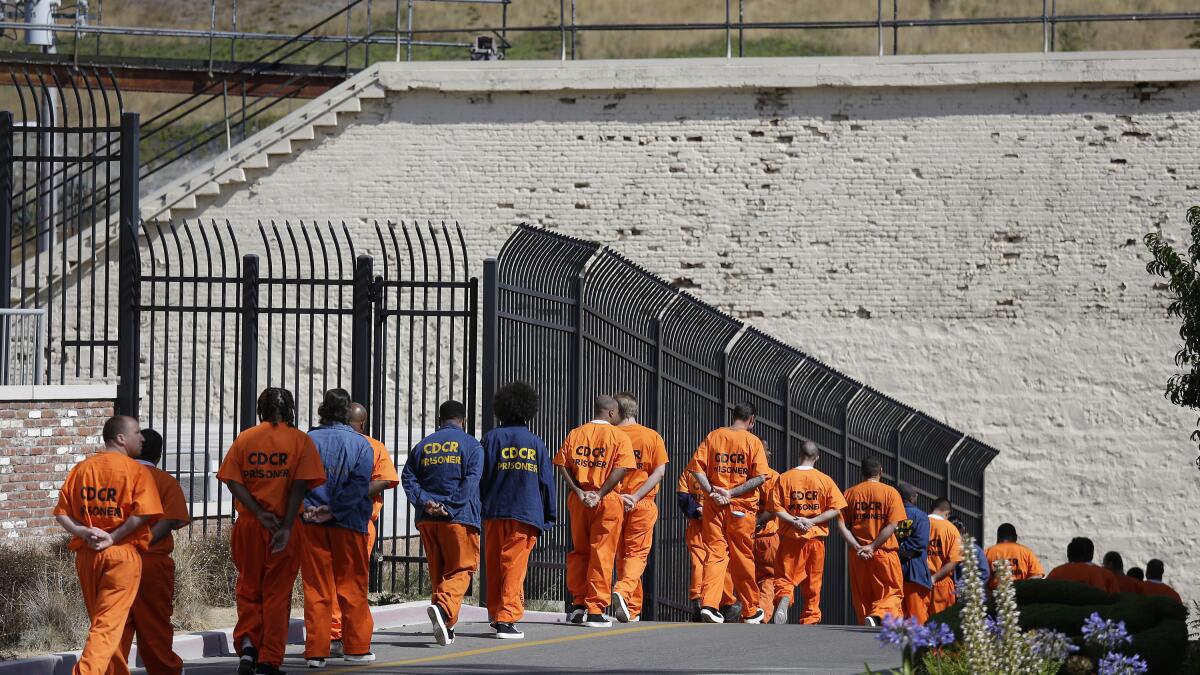A recent study has highlighted the alarming prevalence of hazardous heat and humidity in jails and prisons across the United States, with climate change exacerbating these conditions. The research, conducted by experts from Columbia University Mailman School of Public Health, Montana State University, University of Kansas, and University of California, Los Angeles (UCLA), delves into the concerning trend.
Approximately 1.8 million incarcerated individuals in the US have been exposed to a dangerous mix of heat and humidity, enduring an average of 100 days of such conditions annually. Most of these instances occur in the 44 states that do not offer universal air conditioning for inmates. Over the past few decades, the number of perilous humid heat days in correctional facilities has risen, with the Southern states experiencing the most significant increase due to climate change.
The lead author of the study, Dr. Cascade Tuholske from Montana State University, warns that prolonged exposure to excessive heat and humidity can result in severe health issues like heat stroke and chronic dehydration-related kidney problems among incarcerated individuals. The lack of access to air conditioning in many state-run prisons and jails, particularly in the South, raises concerns as global warming continues to intensify extreme heat events in these areas.
Senior author Dr. Robbie M. Parks from Columbia University Mailman School of Public Health emphasizes that the plight of incarcerated individuals enduring dangerous heat has largely been disregarded, partly due to the perception that their discomfort is justified. To address this issue, the researchers suggest implementing laws to ensure safe temperature levels, improving social and physical infrastructure in correctional facilities, and introducing targeted health interventions.
The vulnerability of incarcerated individuals to humid heat is exacerbated by preexisting health conditions, with 43% of the state prison population having a history of mental health diagnoses. Those on psychotropic medications are at a higher risk of heat-related illnesses, underscoring the urgent need for intervention measures.
The study utilized data from the PRISM Climate Group and the U.S. Department of Homeland Security to estimate heat and humidity levels in over 4,000 facilities nationwide. Dangerous conditions were identified as instances where the indoor wet bulb globe temperature exceeded 82.4 degrees Fahrenheit—a threshold recognized by the U.S. National Institute for Occupational Safety and Health to limit exposure to humid heat during moderate workloads.
The collaborative efforts of researchers from multiple institutions have shed light on a critical public health issue affecting incarcerated populations, calling for immediate action to address the escalating risks posed by rising heat and humidity levels in US correctional facilities.
*Note:
1. Source: Coherent Market Insights, Public sources, Desk research
2. We have leveraged AI tools to mine information and compile it.




